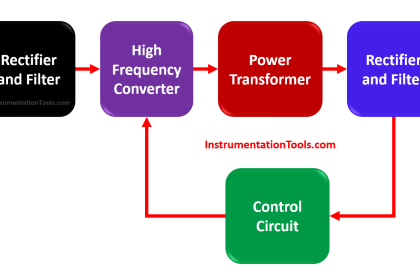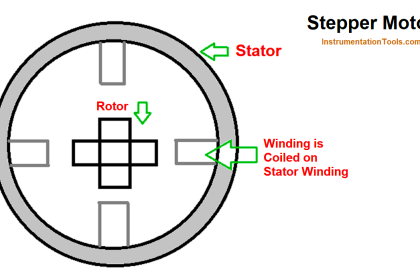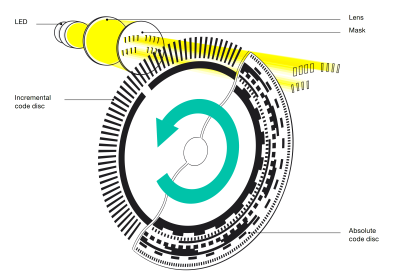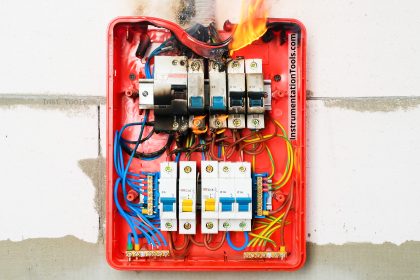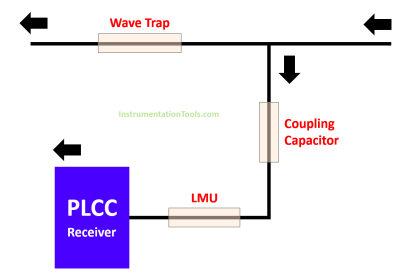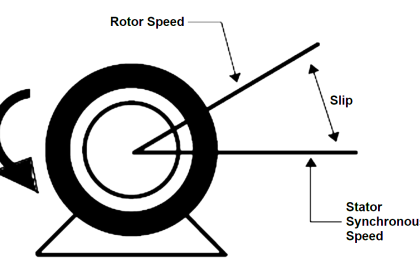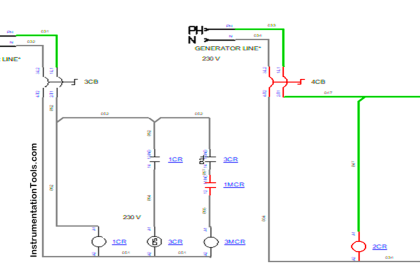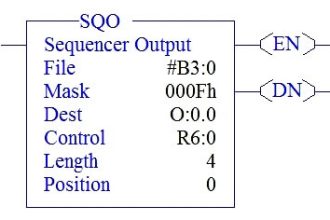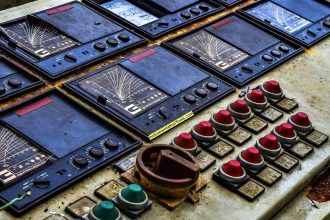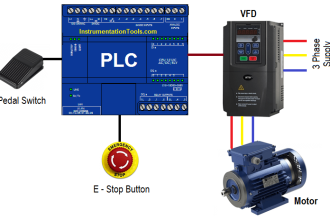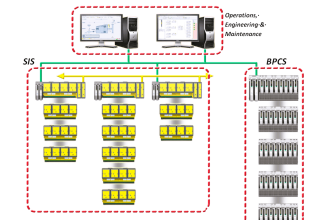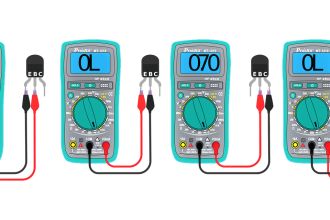In this post, we will see the difference between flame-resistant and flame retardant cables.
Fire protection is a very important factor when used in electrical cables. In today’s world of rapid construction and engineering, if there is no fire safety in the cables used, then it can be hazardous for human life as well as the nearby environment.
So, the fire resistance factor should also be taken into care when choosing an electrical cable. Majorly, two types of fire safety cables are used everywhere – flame resistant and flame retardant.
In this post, we will see the difference between flame-resistant and flame retardant cables.
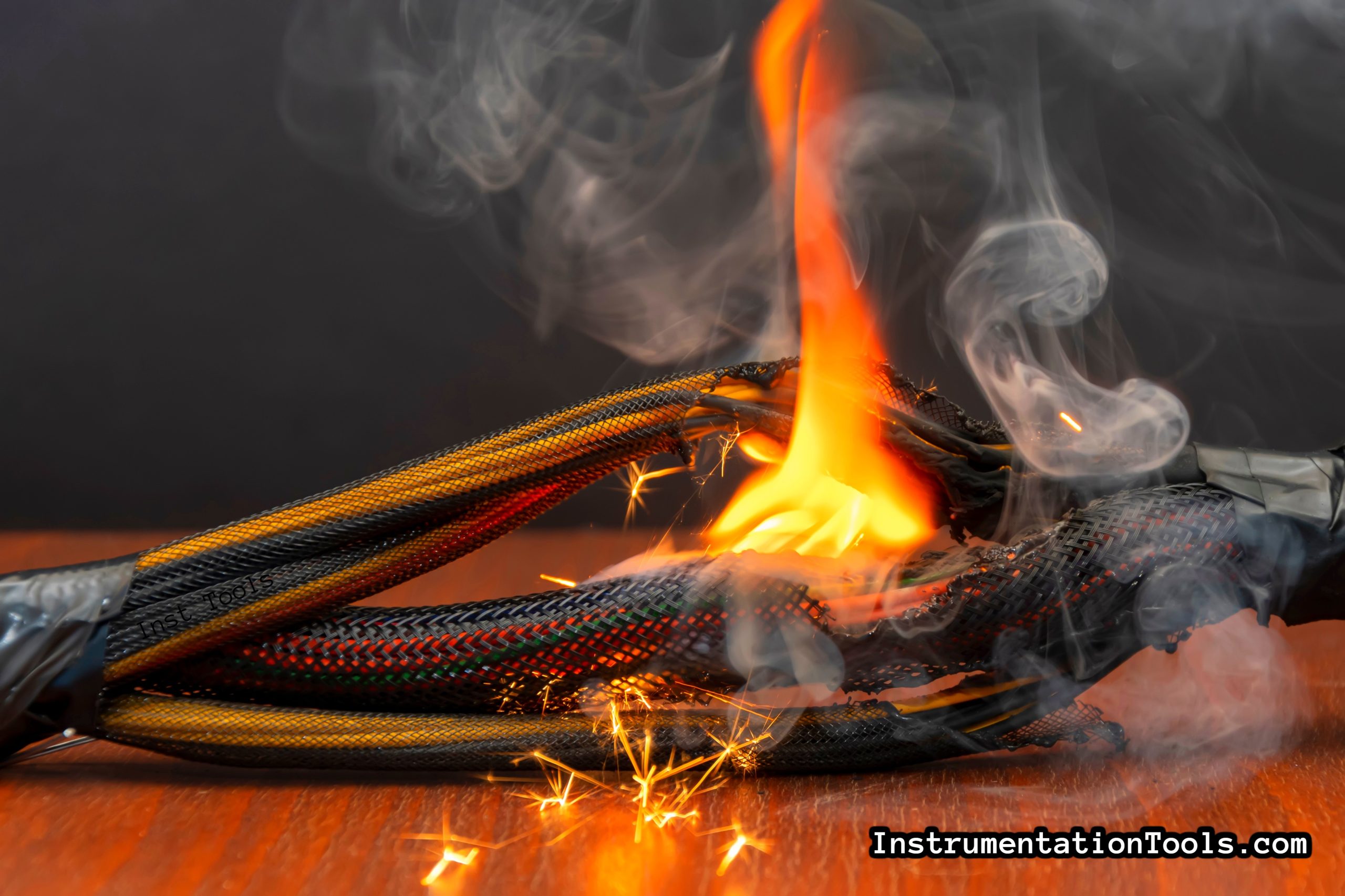
What is a Flame Resistant Cable?
As the name implies, a flame resistant cable is one that will continue to operate and not burn in case of fire. Without melting, it will resist high temperatures and prevent itself from burning.
Typically, it can survive temperatures of up to 300 deg C. So, it is designed to maintain circuit integrity and continue to work for a specified amount of time (means this cable cannot resist fire for long hours, but only till a specified amount of time).
These cables operate under IEC 60331 and BS 6387 standards. So, the material used in covering the cable is non-flammable.
What is a Flame Retardant Cable?
As the name implies, a flame retardant cable is one that will continue to operate in case of fire; but it will burn slowly and prevent the fire from spreading by reducing the amount of heat released from a fire and the potential for a fire to spread. Thus, they inhibit or suppress the combustion process.
These cables either self-distinguish themselves or burn slowly; thus preventing the fire from spreading to other areas. These cables operate under IEC 60332, BS EN 60332, EN 50265, and BS 4066 standards.
Difference Between Flame Resistant and Flame Retardant Cables
Below are the key points which differentiate both of them.
- The first and foremost major difference is that a flame resistant cable will not catch fire; whereas a flame retardant cable catches fire, but works slowly and does not allow the flame to spread quickly in the surrounding.
- Flame-resistant cables do not prevent fire from spreading to other nearby areas; whereas flame retardant cables prevent fire from spreading to other nearby areas.
- Generally, fire-resistant cable has a red outer sheath while flame retardant cables have a grey or black outer sheath.
- Differentiating between which cable to use depends on the application. If you do not want that the cable be destroyed, then you can use flame-resistant cables; whereas if you do not want the fire to spread quickly to nearby areas, then you can use flame-retardant cables.
In this way, we saw the difference between flame-resistant and flame retardant cables.
If you liked this article, then please subscribe to our YouTube Channel for Electrical, Electronics, Instrumentation, PLC, and SCADA video tutorials.
You can also follow us on Facebook and Twitter to receive daily updates.
Read Next:
- Single Core and Multi-Core Cables
- Difference Between HV and LV Cables
- Types of Cables in Industrial Automation
- Instrumentation Cables Testing Steps
- Materials in Instrumentation Cables
